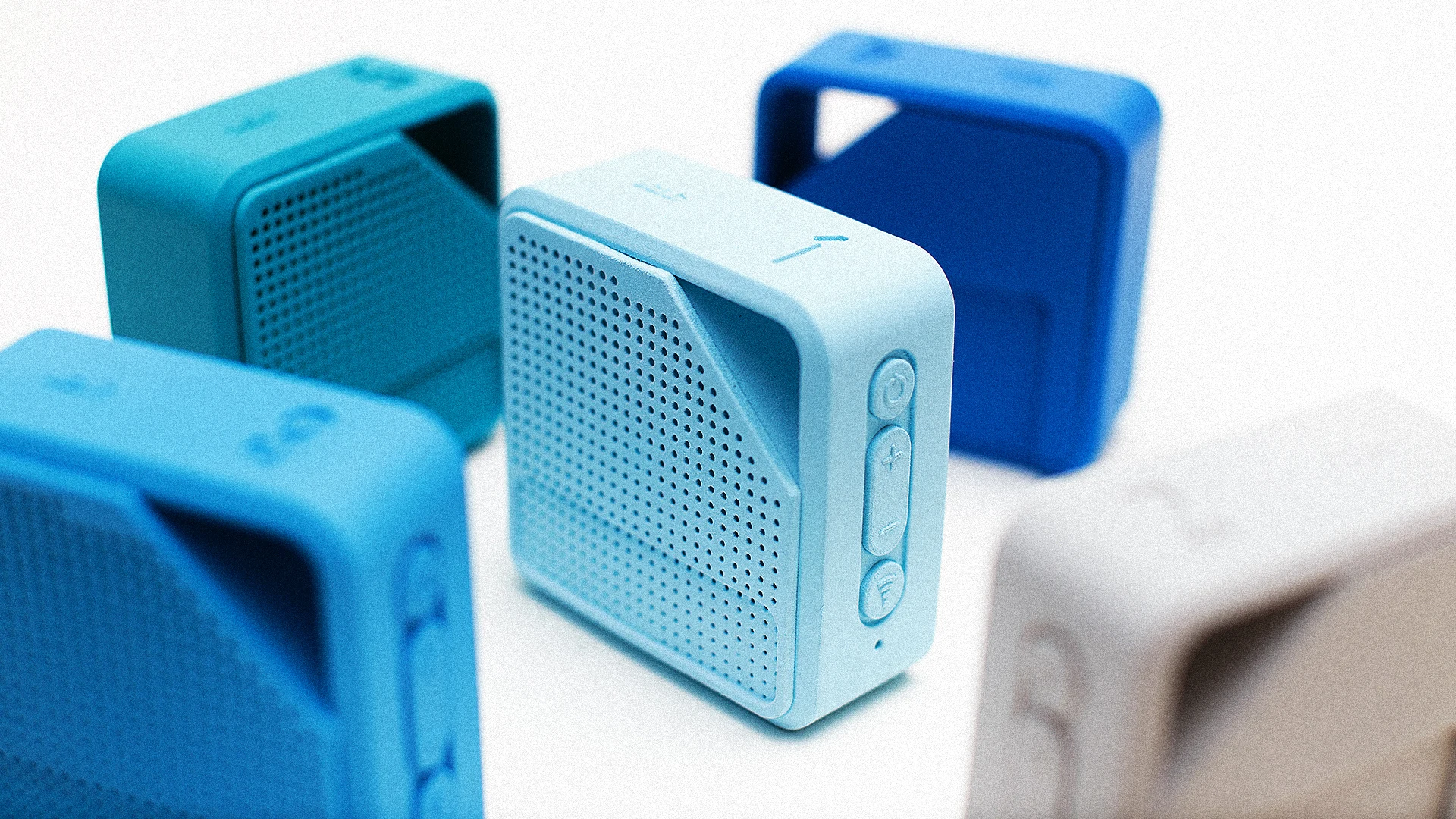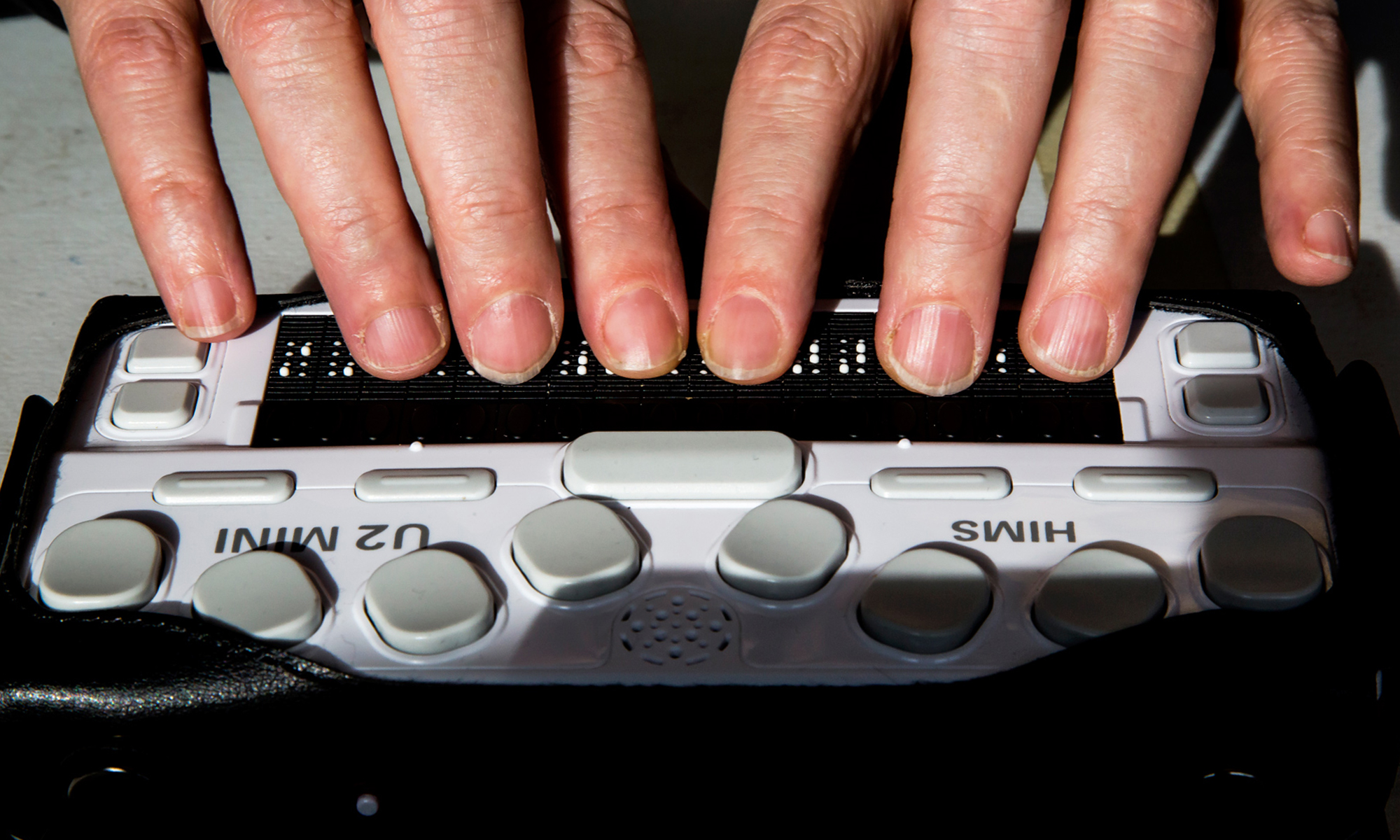Mobility Aids for Visually Impaired Users: Moving Through the World with Confidence
Mobility Aids for Visually Impaired Users: Moving Through the World with Confidence
Blog Article
Discover Cutting-edge Devices Created for the Visually Damaged
The development of ingenious devices for the aesthetically damaged represents a substantial improvement in access and self-reliance. Technologies such as smart glasses with AI abilities and mobile applications created to offer auditory descriptions are improving daily experiences for users.
Smart Glasses for Navigating

Smart glasses developed for navigation are changing the way visually damaged people engage with their atmosphere. These innovative tools make use of a combination of video camera technology, man-made intelligence, and acoustic responses to provide real-time details regarding environments. By utilizing barrier detection systems, smart glasses can inform individuals to possible hazards, making it possible for safer wheelchair in both acquainted and unknown setups.
The integration of GPS innovation better boosts navigation capacities, permitting customers to receive auditory directions as they relocate. This hands-free method not just cultivates freedom but also empowers visually damaged people to navigate urban landscapes with raised confidence. Additionally, many wise glasses are equipped with functions that determine landmarks and street indicators, offering contextual information that enhances the individual experience.
In addition, the advancement of these devices is continuously advancing, with business working to boost the accuracy of object acknowledgment and expand the series of navigational features. As smart glasses become extra easily accessible and cost effective, they hold the potential to considerably change every day life for visually impaired users. Eventually, these ingenious tools represent a crucial action toward inclusivity, offering improved movement and a greater feeling of freedom for individuals navigating the globe around them.

Mobile Application for Daily Living
Just how can mobile applications boost the everyday lives of visually damaged individuals? Mobile applications are changing the way aesthetically impaired customers browse their environments, manage daily tasks, and gain access to info. These applications offer crucial support through various functionalities, fostering freedom and boosting quality of life.
Several innovative mobile apps are made specifically for everyday living. Applications like Be My Eyes connect aesthetically impaired users with sighted volunteers using video clip telephone calls, permitting them to obtain real-time support with jobs such as reviewing labels or navigating unknown spaces. In A Similar Way, Seeing AI, established by Microsoft, makes use of man-made knowledge to define surroundings, checked out text, and identify items, properly changing a smartphone right into an effective device for daily help.
Additionally, navigating apps tailored for the aesthetically impaired, such as Aira and BlindSquare, use audio-based instructions and environmental info, making it possible for individuals to traverse their environments safely and confidently. Past navigating and immediate help, mobile apps likewise sustain organization and job management, with attributes that aid customers set tips, create to-do lists, and track appointments. In recap, mobile applications work as indispensable resources, encouraging visually damaged individuals to lead even more independent and fulfilling lives.
Wearable Technologies for Support
Empowerment via modern technology is increasingly noticeable in the world of wearable gadgets created to aid visually damaged individuals. These cutting-edge tools integrate flawlessly right into every day life, boosting navigating and providing important responses to users. Smart glasses outfitted with cams can acknowledge faces and check out text out loud, enabling individuals to engage more with confidence in social and professional setups.
One more remarkable innovation is the usage of haptic feedback systems in wearable gadgets. These systems use vibrations or various other tactile signals to share details concerning the individual's atmosphere, such as obstacles or modifications in terrain, improving wheelchair and safety and security. Wearable technologies likewise include wristbands that attach to smartphones, signaling individuals to notifications through refined resonances, therefore improving connectivity without dependence on visual signs.
As these technologies continue to evolve, they are not only enhancing self-reliance for aesthetically damaged people however additionally promoting a better feeling of addition in society. By linking the gap between challenges dealt with in day-to-day living and the capacity for autonomy, wearable modern technologies offer as essential tools in the pursuit for equal rights and empowerment for those with aesthetic disabilities.
Audio Summary Devices
Audio summary tools play a critical role in enhancing accessibility for visually impaired people, supplying them with the ability to engage with visual media. Braille displays and notetakers. These devices offer narrated summaries of vital visual components in movies, television programs, and live performances, guaranteeing that individuals can fully understand the context and emotions shared via visuals
Audio summary can be integrated right into different platforms, including streaming services, cinema testings, and live cinema. Several prominent streaming solutions now include audio description as an availability attribute, permitting audiences to pick it easily. In enhancement to mainstream media, specialized apps also exist, providing audio summaries for art events, museums, and other cultural events.
The performance of audio summary hinges on the ability of the narrators, who should convey aesthetic information succinctly without taking away from the original audio. Innovations in this area are additionally leading the way for more personalized experiences, where customers can change the level of detail and pacing according to their choices.
Braille Innovations and Devices
Braille devices and advancements have actually considerably changed the way aesthetically impaired people engage with text and info. Modern improvements have helpful resources brought about the development of versatile tools that improve literacy and independence among customers. Especially, Braille show technologies have actually developed, enabling dynamic reading experiences. These devices convert electronic text into Braille, making it possible for individuals to access a vast selection of information on smart devices, tablets, and computers.
Furthermore, portable Braille notetakers incorporate traditional Braille input with contemporary capabilities, assisting in note-taking, scheduling, and document editing on the move. Wearable technology for low vision. These portable tools typically feature text-to-speech capabilities, connecting the void in between Braille and acoustic details
Additionally, ingenious Braille printers have arised, allowing individuals to produce Braille labels, papers, and educational products effectively. This ease of access cultivates higher participation in professional and academic atmospheres, inevitably advertising inclusivity.
Moreover, study into smart Braille modern technologies remains to increase. Instruments that integrate man-made knowledge are being checked out to provide real-time navigation help and contextual information, enhancing the user experience in diverse setups. Generally, these advancements reflect a commitment to equipping visually damaged people with technology, guaranteeing they can easily gain access to and engage with the globe around them.

Conclusion
The advancement of cutting-edge tools for the aesthetically damaged significantly boosts freedom and quality of life. Smart glasses, mobile applications, wearable modern technologies, audio summary tools, and Braille technologies jointly equip individuals by offering essential navigation aid, ecological awareness, and boosted reading experiences. These innovations not only foster higher incorporation but additionally advertise autonomy in daily tasks, ultimately contributing to a much more equitable and easily accessible society for aesthetically damaged individuals. Continued advancement in this field holds pledge for more enhancements.
As wise glasses become a lot more economical and available, they hold the possible to considerably change everyday life for visually go to these guys damaged customers. Mobile apps are reinventing the way aesthetically damaged users navigate their settings, take care of everyday jobs, and accessibility info. Apps like Be My Eyes connect aesthetically impaired users with sighted volunteers through video phone calls, allowing them to obtain real-time assistance with tasks such as reviewing labels or browsing strange areas.Furthermore, navigating applications tailored for the aesthetically damaged, such as Aira and BlindSquare, provide audio-based instructions and environmental info, making it possible for individuals to traverse their environments securely and with confidence.The development of innovative tools for the aesthetically damaged imp source dramatically boosts self-reliance and quality of life.
Report this page